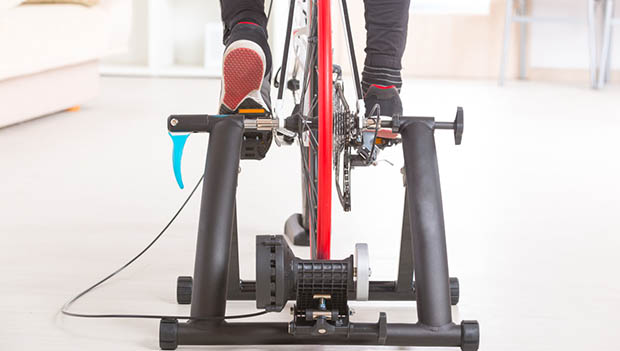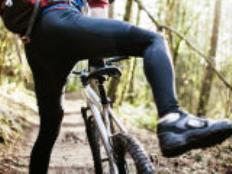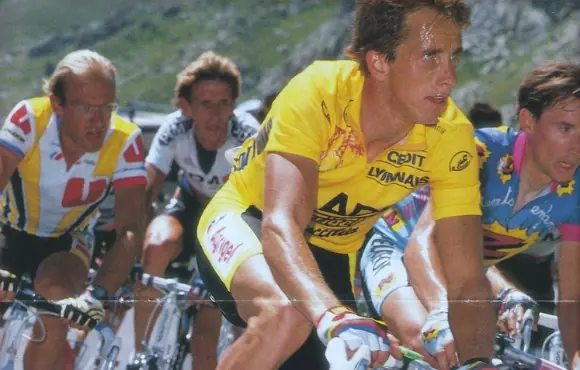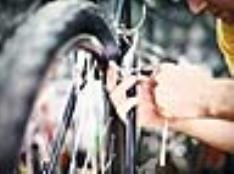
Many cyclists and triathletes are forced to leave the open roads for the confinement of the trainer when winter is in full effect. It isn't the most desired option, but it can effectively get training accomplished when the weather outside is a little too much to handle. We tend to set up these indoor rides to mimic the effort we put into outdoor riding; fans, kit, position, power, duration, cadence... However, one factor many of us neglect when riding inside is proper nutrition and hydration. Trainer rides are still training and require energy to complete at a high level and recovery from so your body is ready for the next season. Nailing your fueling plan inside can be what helps take your training to the next level when you eventually head back outside.
Get It Right
This is your chance to pay attention to your body's needs. No gas stations or bakeries to stop at, no friends to chat with and distract you from eating and drinking, no worry of not having the skills to consume food or drink while riding hard. This is the time to really focus on fueling by taking in the correct amount of fuel to enhance your performance potential.
Trainer rides are different from riding outside in ways that affect your fueling. For example, there is no coasting on the trainer, so energy needs are typically higher. Another example is that trainer rides are often in small spaces with poorer airflow, making your core temp increase more than normal, creating a higher sweat rate and increasing your need to take in hydration and electrolytes.
Set It Out
On the trainer, you have the unique ability not to worry about bringing enough fuel with you. Set out your fuel and hydration needs on a table within reach of your bike. This way it is in sight and you are more likely to grab it, instead of forgetting about it being stashed in your kit pocket. Take this one step further by setting out your fuel in the order you plan to consume it. For example, place the order of gels, bars and chews that your ride demands. This will help you adhere to consuming enough and tracking what you do and do not take in by the end.
Experiment
When cycling indoors, it is much easier to experiment with your intake, and every cyclist should try to mix things up to find what really works best for their body and performance. Whether it is upping your gut's tolerance of carbohydrates per hour or testing out whole foods instead of sport food, the trainer is the place to do it. Trying new forms and amounts of drink mixes, carbohydrates, caffeine, sodium, supplements and other forms of fuel can help you determine how to fuel your outdoor training and racing season in the best way. Shaking things up during key training is never suggested as things can go wrong (GI issues, bonking) while your body adjusts to processing new fuel. However, when inside, you can easily get off the trainer and hit the restroom if anything goes wrong.
If these fueling and hydration adjustments seem daunting to you, talk to a sports dietitian to develop a plan that's right for your specific training needs and get the most out of your indoor riding.
READ THIS NEXT: Best Ways to Refuel After a Hard Cycling Workout








Discuss This Article